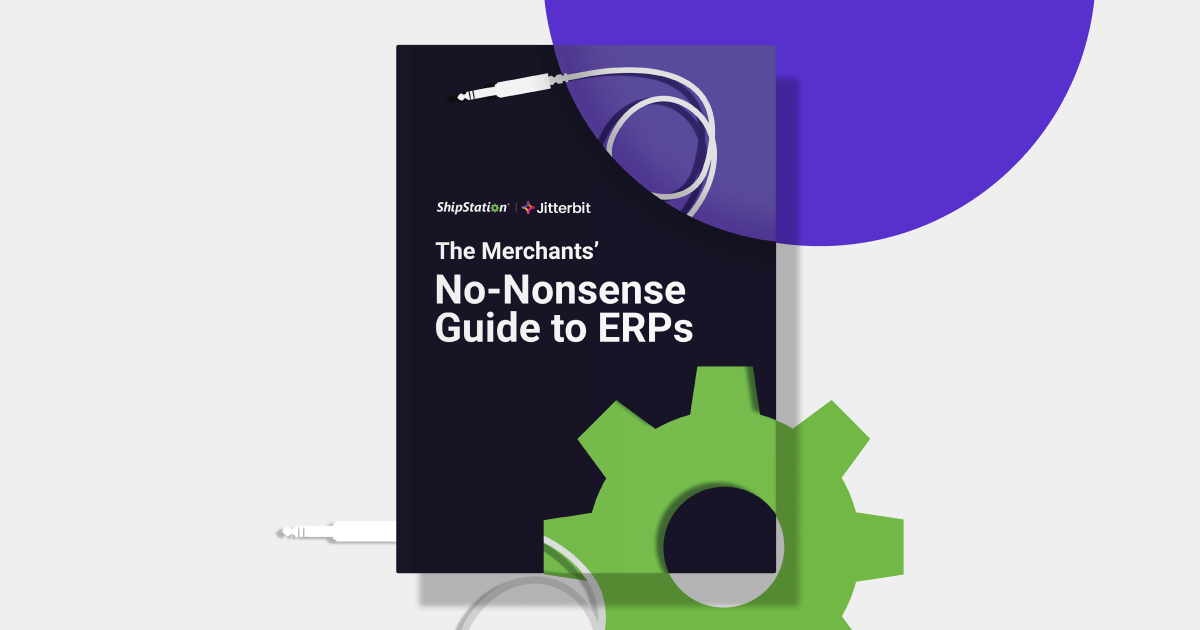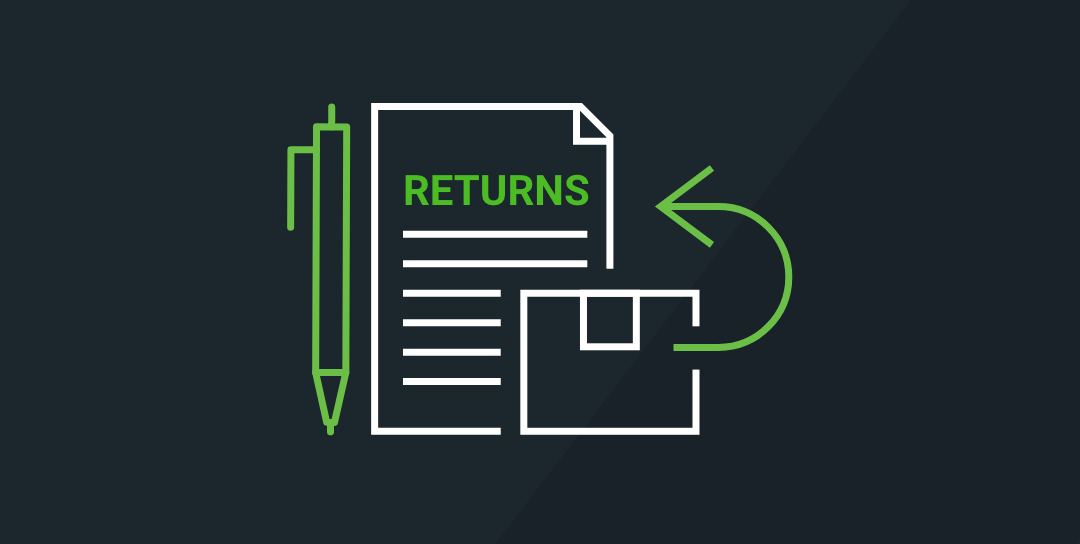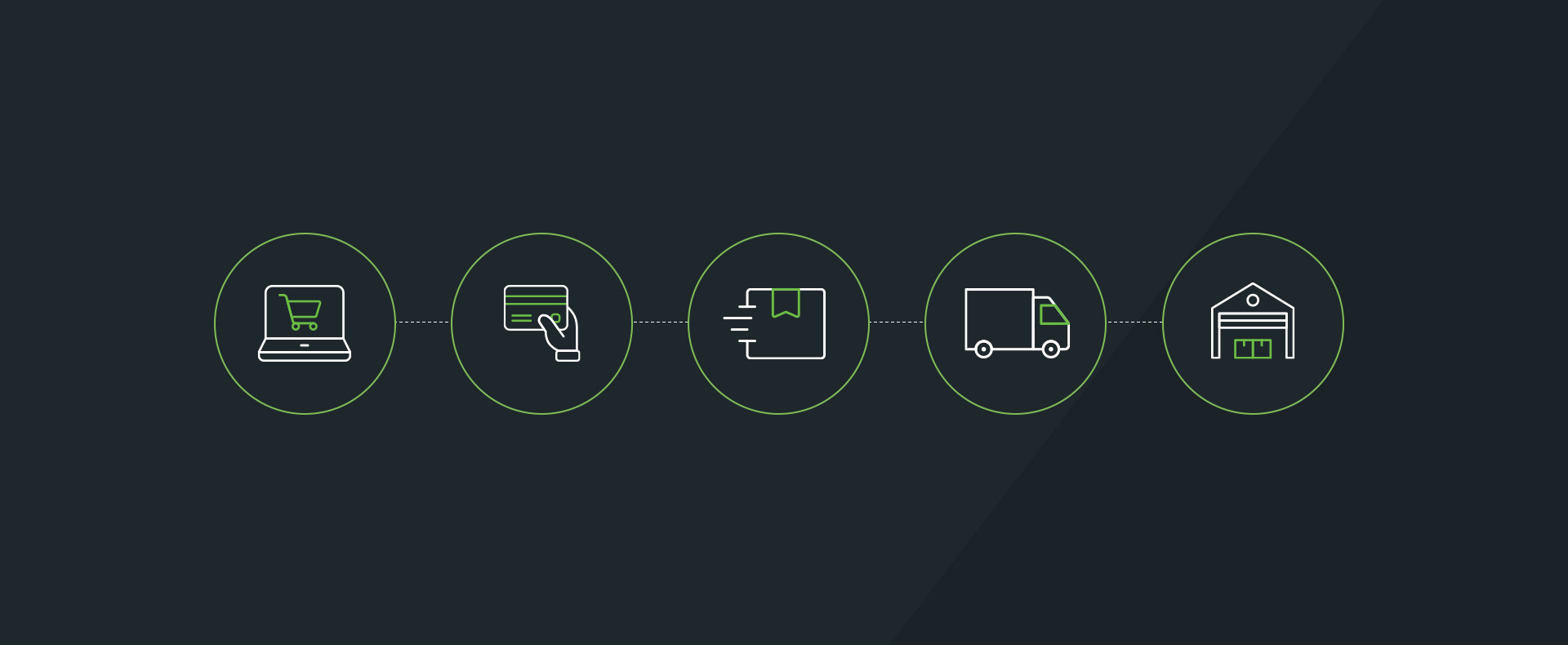How to Sell Food Online
The recent social distancing measures in response to COVID-19 has led to the closing of restaurants and bars—quickly changing how many of us shop. It has also dramatically impacted those with careers in the service industry sector. As we navigate these changes and try and establish just how long these measures will be in place, life still goes on. If you own a restaurant, or sell produce, baked goods, or other foods, this can be a good opportunity to sell your goods online.
Set Up an Online Payment Processor
You may have a cash register and payment processor for your physical selling presence. However, when you move online, few of these point of sales systems will make the move with you. These are some of the most common and highest rated payment processors to start out with.
Square
If you are already using a Square reader, you can still use these to process credit card payments of customers that are not ordering in person. Using Virtual Terminal, you can enter the billing information they give you over the phone.
PayPal
PayPal has the most name recognition in this space, and for good reason. Their ease-of-use makes them a great choice for small businesses to start processing payments for online orders.
Stripe
Stripe and PayPal are often compared. The general consensus is that PayPal is more intuitive and easy to set up. However, Stripe offers far features than PayPal that can help grow as your online selling presence. However, these products, such as Stripe Sigma, and Stripe Connect generally need developer resources to be completed.
Set Up an Online Store
If you plan on selling online for a while, or are taking this as your opportunity to go on and build an online store, there are a few options available. You may find some free platforms, these are generally carts that require you to host the website on a server yourself and that generally requires a lot of development work to build the website. To save time, let’s just go over three of the main options. Two of which are website builders, and one online shopping cart.
WIX
If you’re looking to build a high-converting eCommerce website, use one of Wix’s many online store templates. Wix’s platform includes must-have eCommerce features for businesses just getting started as well as large enterprises looking to scale. Use the platform’s integrated dashboard to accept payments, sell across multiple channels and manage your inventory and marketing campaigns. The business premium plans cost between $17-$35 per month.
SquareSpace
As far as website builders go, SquareSpace is a little more complex than WIX. Their complexity isn’t a bad thing, though. In fact, many consider SquareSpace to be the best drag-and-drop website builder for ecommerce. Its monthly fees start at $30 per month. Whether you want to start listing your products online for ecommerce orders or add an Order Online button for your restaurant, Squarespace gives robust options for selling food from your website. If you want to start a blog as well, SquareSpace’s blog builder is intuitive and clean.
Shopify
Unlike SquareSpace and Wix, Shopify is built expressly for selling online. If you are looking for a specialized place to sell, Shopify is an industry-standard for shopping carts. You can build a professional store quickly and efficiently and connect just about any payment processor you want. They also offer native shipping options and notifications that let you manage everything within your Shopify admin panel. So, if you want to take a little more time to set up a webstore, then Shopify can be a good option for listing and selling your products.
Shipping
While you just may be having this website as a way of organizing and coordinating your in-store pickup orders until your physical location’s business picks up again, shipping may soon become important. Shipping may seem complicated, but it can be quite simple. Most of your orders will generally fall into a few different categories. If it’s under 16 oz, most people ship using USPS First Class Mail. If it’s over 16 oz it goes out with Priority Mail. But there are exceptions to these rules, and finding the cheapest way to ship is important.
Use a Shipping Software
So, as you may have noticed, this is ShipStation. And we worry about shipping so you don’t have to. Shipping softwares do a lot more than let you batch all of your orders together and print labels all at once. Don’t get it twisted, this is, in and of itself, a massive timesaver that can be worth the monthly subscription fees alone. You also access an entire suite of features such as a mobile app that lets you view all of your ecommerce orders and generate shipping labels from wherever you are—even without a computer. You can also create notification emails, packing slips and pick lists to make customer communication a more immediate and personal experience while also making picking and packing more streamlined .
Shipping Softwares Offer Discounts
An advantage of shipping softwares is that they frequently work closely with their carrier partners. Since carriers and shipping software can bring the other increased business, customers can receive discounted shipping rates. If you need to set up carrier accounts to avoid paying the high costs of postage at the post office, setting up a ShipStation trial account lets you access deeply discounted rates.
Shipping Softwares Help You Scale as You Sell on New Channels
As your online business grows and you start selling on more channels, like Amazon and eBay, you begin to reach new customers. While your webstore may initially cater to your customers in your more immediate area, marketplaces like Amazon let your product act as an advertising for your business. These orders may require you to ship orders more quickly. Amazon has grown to where they are because sellers are expected to ship orders out within two business days of the order being placed. Prime orders can be even more restrictive. A shipping softwares is great for merchants of any size, but selling across multiple channels is when ShipStation really makes shipping simpler. Features like batch processing and assigning your orders to specific users reduce clicks.
Shipping Food
Shipping non-perishable food follows the same guidelines as anything else. Make sure that the packaging is thick, durable, and puncture-proof. These extra expenses may seem high at first, but charging postback and dealing with refunds and returns is a far bigger hassle. As for perishable items that need to be shipped frozen, you will want to be sure to ship in a styrofoam container that is at least 2” thick, with a cardboard box on the outside. Depending on the cooling agents inside the parcel, the packaging and documentation varies.
For more information on shipping with gel packs, read our shipping perishable food blog.
For more information on shipping with dry ice, read our dedicated shipping with dry ice blog.
Create a CSA or Subscription Box
One way to keep customers engaged with what you sell is to set up a subscription service. Creating a CSA or subscription box for the items you sell could be a great way to engage with your customers while we are practicing social distancing. Using products like Cratejoy make this easy. If you have ever thought about setting up recurring, subscription-based products, this could be the time to start.






